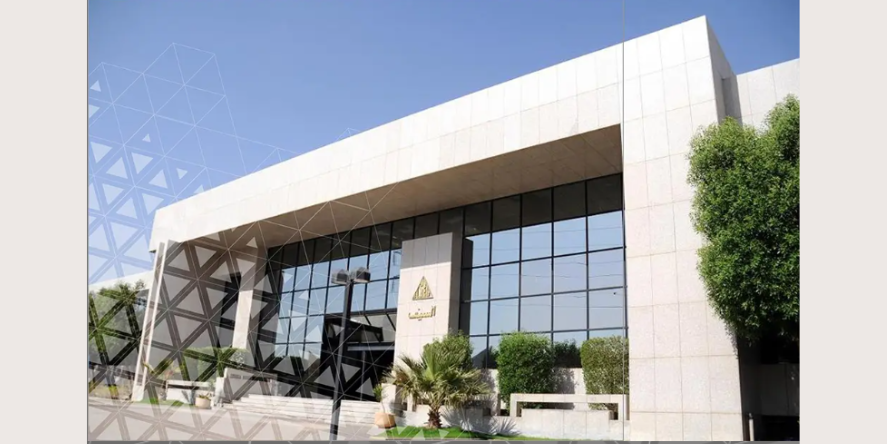You might not realize it, but the success of your Rust servers heavily relies on choosing the right hardware from the start. With so many options available, selecting a CPU and RAM that will handle intense gameplay without glitches is essential. Curious about making it all run smoothly? There’s much more to uncover about optimizing and managing your server efficiently.
Choosing the Right Hardware
Selecting the right hardware for your Rust server is essential for peak performance and a smooth gaming experience. First, consider the server requirements. Rust demands a robust CPU, preferably with high clock speeds and multiple cores, to handle the game’s complex calculations and player interactions.
Opt for at least 16GB of RAM to manage the server’s memory needs effectively, especially if you anticipate a large number of players.
Next, focus on hardware specifications related to storage. A solid-state drive (SSD) is recommended over a traditional hard drive for faster data retrieval and reduced load times.
Make sure your network card supports high bandwidth to accommodate player connections seamlessly. Prioritize these hardware specifications to guarantee your server runs efficiently, providing an excellent gaming environment for Rust enthusiasts.
Installing Rust Dedicated Server
When you’re ready to install the Rust Dedicated Servers, it’s crucial to follow a structured approach for a successful setup.
First, verify your system meets the server requirements: a 64-bit Windows or Linux OS, at least 6 GB of RAM, and a stable internet connection.
Next, download and install SteamCMD, a command-line version of Steam, which you’ll use to install your server files.
Navigate to a dedicated folder, launch SteamCMD, and log in anonymously.
Now, execute the command: “app_update 258550 validate” to download Rust’s server files.
After installation, locate the “RustDedicated.exe” file.
Create a batch file that’ll start your server, including your preferred launch parameters.
Configuring Server Settings
With your Rust Dedicated Server installed, you can now focus on configuring server settings to tailor the gaming experience.
Begin by accessing your server’s configuration files, typically located in the server directory. You’ll find key server options in the “server.cfg” file. Adjust the server name, max player count, and map size to fit your needs.
Fine-tune gameplay mechanics by modifying parameters like day/night cycle lengths and resource multipliers. Consider enabling or disabling certain features such as decay, PvP, and crafting speeds to create the desired atmosphere.
Use server commands, entered via the console, to test and apply changes in real-time. Regularly back up your configuration files to prevent data loss and guarantee you maintain a consistent gaming environment.
Adding Mods and Plugins
A pivotal step in customizing your Rust servers hosting is adding mods and plugins to enhance gameplay and introduce new features.
Begin by identifying suitable mod types that align with your server’s objectives, such as gameplay enhancers, administrative tools, or visual upgrades. Visit platforms like uMod to explore available options. Download the desired mods, ensuring compatibility with your current server version.
For plugin management, access your server’s file directory via FTP or a control panel. Navigate to the ‘oxide/plugins’ folder and upload your selected plugins.
Once uploaded, you might need to restart your server for the changes to take effect. Monitor plugin performance and stay updated with new releases to maintain functionality. Regularly back up your server to safeguard against potential issues.
Managing Server Performance
After successfully customizing your Rust server with mods and plugins, focus on managing server performance to guarantee a smooth and enjoyable experience for players.
Start by enhancing resources; allocate sufficient CPU and RAM to handle server demands. Use server management tools to adjust settings for peak performance.
Regularly monitor performance by tracking server metrics like latency, tick rate, and player count. Implement automated scripts to alert you to potential issues.
Conduct stress tests to identify bottlenecks and adjust configurations accordingly. Keep your server software up to date to benefit from performance improvements and bug fixes. Consider load balancing if your server frequently reaches capacity, ensuring all players enjoy a lag-free environment. Constant vigilance and adjustment are key to maintaining ideal server performance.
Conclusion
You’ve initiated a thrilling adventure by setting up your own Rust server. By adding mods, you’ve sprinkled a touch of magic, transforming the ordinary into the extraordinary. Regular monitoring keeps everything running like a well-oiled machine. As you embrace this journey, remember that staying updated will keep your server a beacon of innovation and excitement.
Blog Received on Mail










